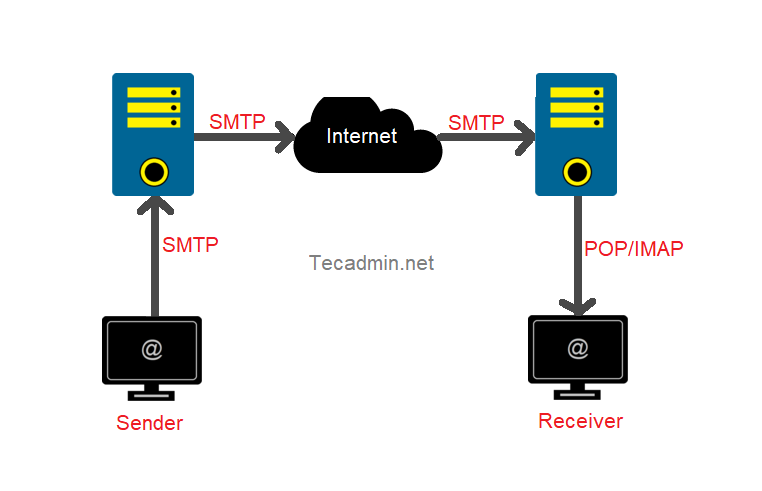The Simple Mail Transfer Protocol (SMTP) is a communication protocol used in the internet mail system. SMTP is responsible for sending, receiving, and relaying outbound mail between email senders and receivers. As a core component of the internet, SMTP is an application layer protocol that works closely with the Mail Transfer Agent (MTA) to transfer email data to its correct destination. This article delves into the origins, functionality, and significance of SMTP.
Understanding the Simple Mail Transfer Protocol
SMTP was first defined in RFC 821 in 1982 by Jon Postel, as a part of the early establishment of the Internet. Over the years, it has been refined and updated with the most recent version defined in RFC 5321 in 2008. The main purpose of SMTP is to establish a standardized communication protocol for transmitting email messages across networks.

SMTP is an uncomplicated, text-centric protocol that identifies one or more intended recipients of a message (usually confirming their existence) before proceeding with the transfer of the message content. The protocol operates over TCP/IP architecture, using the port 25 as the default transmission channel for communication. It relies on the Domain Name System (DNS) to route email messages to the appropriate server.
SMTP in Action
SMTP, being a push protocol, requires the sender to initiate a connection to the receiver. It follows a conversation-like process, operating through a series of commands and responses between the client (email sender) and the server (email receiver).
Here is a simple example of the SMTP transaction process:
- Connection establishment: The client establishes a TCP connection to the server on the well-known SMTP port.
- Greeting: The server sends a greeting message to establish communication.
- Mail transaction: The client sends a sequence of commands to define the sender and recipients, followed by the actual email content.
- Completion: The server replies with an acknowledgment, and the mail transaction is completed.
SMTP is fundamentally a store-and-forward method of handling messages. The sender’s mail server communicates with the recipient’s mail server, and the message is temporarily stored before it’s forwarded to the recipient. This allows SMTP to ensure that messages aren’t lost in transmission and can be delivered even if the recipient isn’t currently connected.
Security and SMTP
As the internet evolved, the need for secure mail transfer became evident. Originally, SMTP lacked encryption, and there were risks associated with data breaches. However, SMTP has adapted to these security needs over time.
SMTP over SSL (SMTPS) and STARTTLS were introduced to enhance the security of SMTP communications. SMTPS uses a secure SSL/TLS connection to encrypt the data during transmission. STARTTLS, on the other hand, allows an SMTP server to upgrade a plain text connection to an encrypted (SSL or TLS) connection.
SMTP Authentication and Extensions
To protect against unauthorized use of SMTP servers, SMTP Authentication (SMTP AUTH) was introduced, which requires users to authenticate themselves before sending emails. This helps to prevent email spoofing, where email headers are manipulated to make it appear as if the email is coming from a different source.
SMTP has been extended and improved with numerous add-ons and additional protocols over time. Extended SMTP (ESMTP), defined in RFC 5321, introduces a mechanism for extending SMTP capabilities. For instance, ESMTP allows messages to contain international characters, which wasn’t possible with the original SMTP.
Conclusion
SMTP plays a critical role in facilitating global email communication. It provides a robust, efficient, and secure method for transferring email messages over the internet. As the world becomes increasingly interconnected, the importance of SMTP will continue to grow. While it may seem complex on the surface, at its core, SMTP remains true to its name: a ‘simple’ yet powerful protocol for mail transfer.
